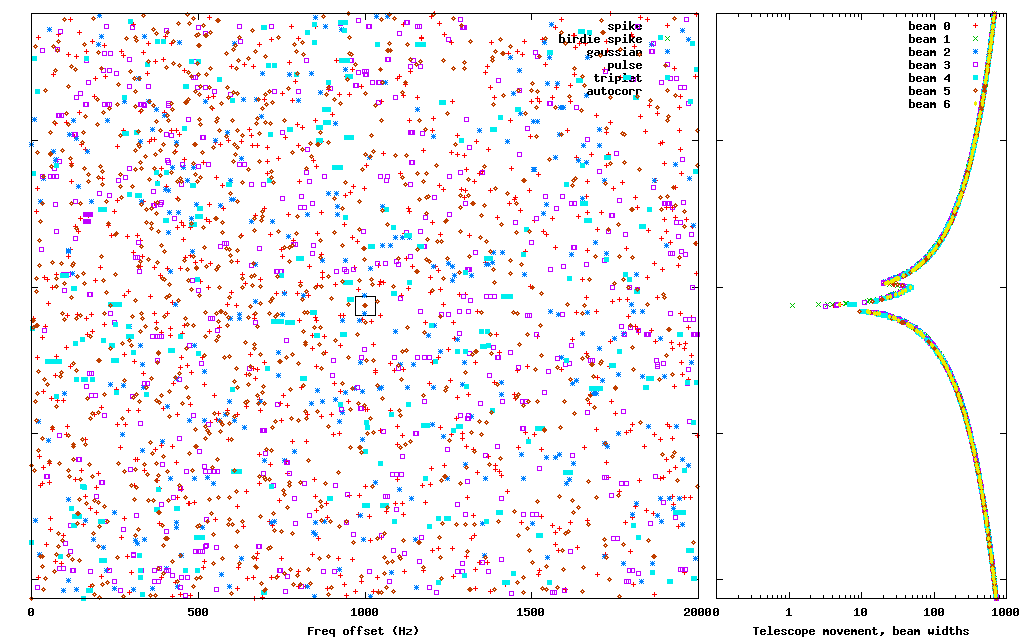| Having trouble reading this newsletter? Click here to see it in your browser. To donate to SETI@home, click here. You are receiving this newsletter because you are a SETI@home participant. See below to opt out of future e-mails. |
|
|
||
| Winter 2019 | ||
|
Dear SETI@home Volunteer:

I've worked at Berkeley's SETI Research Center for 25 years and co-founded SETI@home. Thank you for your efforts as a member of the SETI@home team in 2019. Our program of searching for intelligent extraterrestrial life continues to expand, but SETI@home still needs your help. We are putting the finishing touches on our Nebula software suite which will analyze all results from both SETI@home and SERENDIP VI. We are focusing our first efforts on a complete analysis of all SETI@home Arecibo data to date. As you can imagine, it is difficult to quantify the quality and sensitivity of our analysis given that there are no known ETIs to use as a reference! So part of the design of Nebula is to generate a large number of synthetic ETI-like signals, called birdies. Our set of birdies ranges from those that model stationary transmitters on far off planets to transmitters orbiting around a variety of planet types. We are also looking into using machine learning for anomaly detection. Two major papers will come out of this analysis. One will be on SETI@home as an instrument and the other will present the analysis in detail. This year saw the further commissioning and improving of SERENDIP VI / FASTBurst, deployed on the FAST radio telescope in China - now the largest on the planet. Our instrument is dual purpose, looking for both ETI and Fast Radio Bursts (FRBs). FRBs are transient radio pulses of short duration caused by some as yet unknown astrophysical process. During one exciting testing session we detected repeating FRB 121102, a rare repeating FRB. The detection demonstrates the sensitivity of our instrument as this faint signal is detectable by very few telescopes/instruments. We continue to obtain raw data from Berkeley's Breakthrough Listen program. At Green Bank, observing is about to migrate from looking at stars within our own galaxy to observing other galaxies. Meanwhile, at Parkes, we will be surveying the galactic plane. During this survey the raw "voltage" data from the telescope will be recorded. These data will be ideal for processing by SETI@home volunteers like you. To accomplish our goals for next year, SETI@home needs two things. First, we need you, and your friends and family. Please spread the word about SETI@home and encourage people to participate. Second, SETI@home needs the funding to obtain the hardware and develop software required to handle new data sources. I'm hoping that you will give generously to our efforts. Happy holidays!
Jeff Cobb
|

 Follow us on:
Follow us on: